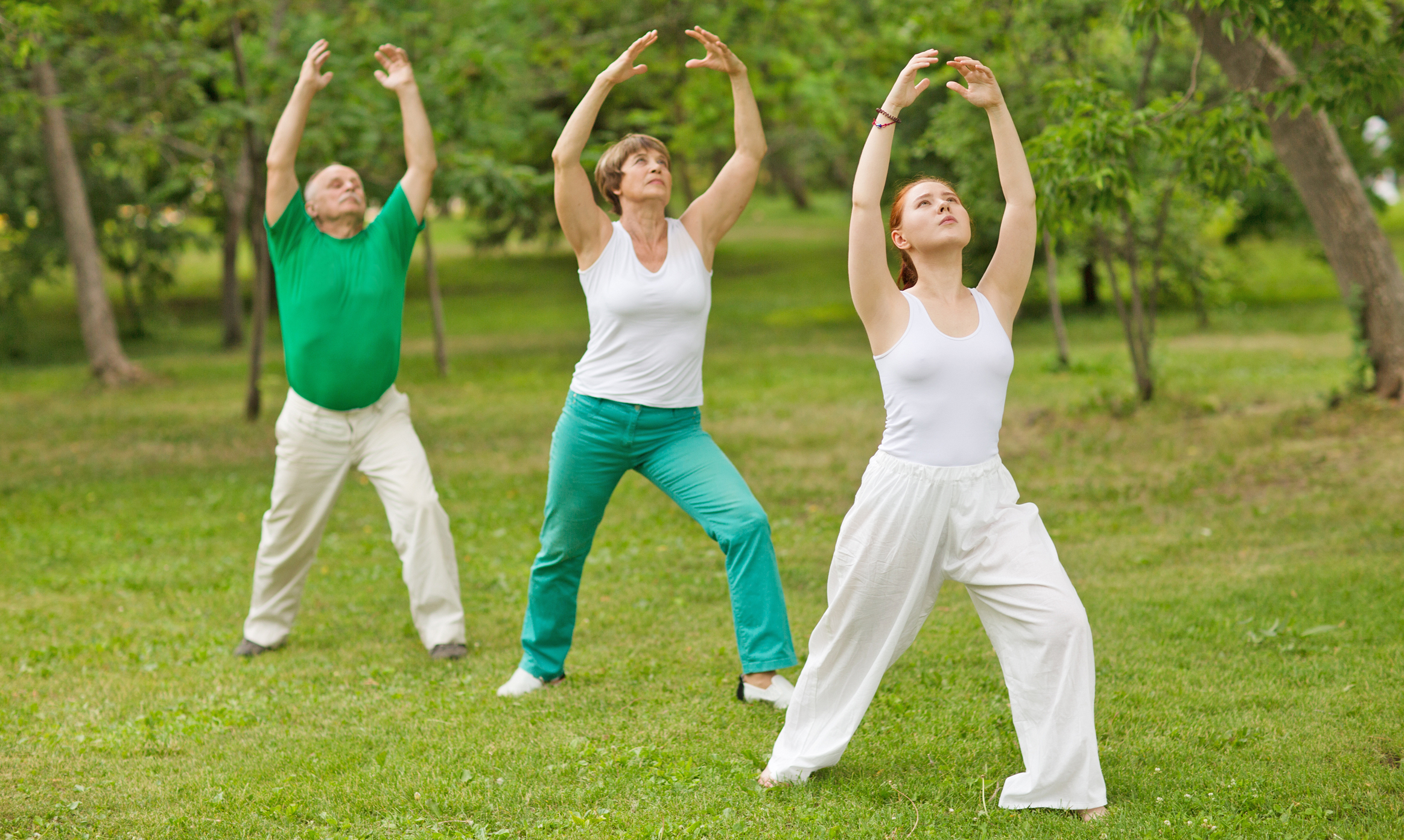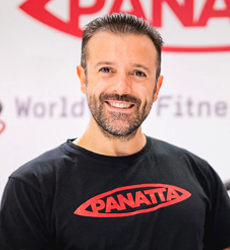features
Science snapshots
We round up some of the latest research in the area of health, fitness and wellbeing
Glaucoma is a common eye condition that arises from a build-up of fluid in the eye, damaging the optic nerve – a structure that’s vital for vision. It most commonly affects those aged over 40, but can strike at any age. As it typically presents without symptoms in its early stages, it’s the second leading cause of blindness in the world.
Despite its high incidence, little is known about how to best prevent glaucoma, which has no cure; however, new findings suggest that regular exercise may play a key role.
A team of US researchers, led by Victoria Tseng, analysed data from the National Health and Nutrition Examination Survey – a large study that has been assessing the health of US adults since the 1960s – to see if the data sheds any light on the link between exercise and eye health.
They began by defining moderate to vigorous activity in real-life terms: taking 7,000 steps a day for seven consecutive days was considered to be the same as doing 30 minutes of moderate-to-vigorous physical activity on at least five days a week.
Tseng and colleagues found that participants’ risk of glaucoma fell by six per cent for each 10-unit increase in walking speed and number of steps taken per minute. And glaucoma risk decreased by 25 per cent for every 10-minute increase in moderate-to-vigorous activity per week.
"Our research suggests that it’s not only the act of exercising that may be associated with decreased glaucoma risk, but that people who exercise with higher speed and more steps of walking or running may even further decrease their glaucoma risk compared to people who exercise at lower speeds with less steps,” Tseng told Health Club Management.
"We know that blood flow to the optic nerve and the front of the eye plays a role in glaucoma development and progression, and we also know that blood flow in the body changes with exercise. Therefore, it is not surprising that the two are associated.
Tseng V et al. Another reason to exercise: protecting your sight. American Academy of Ophthalmology (AAO), Nov 2017
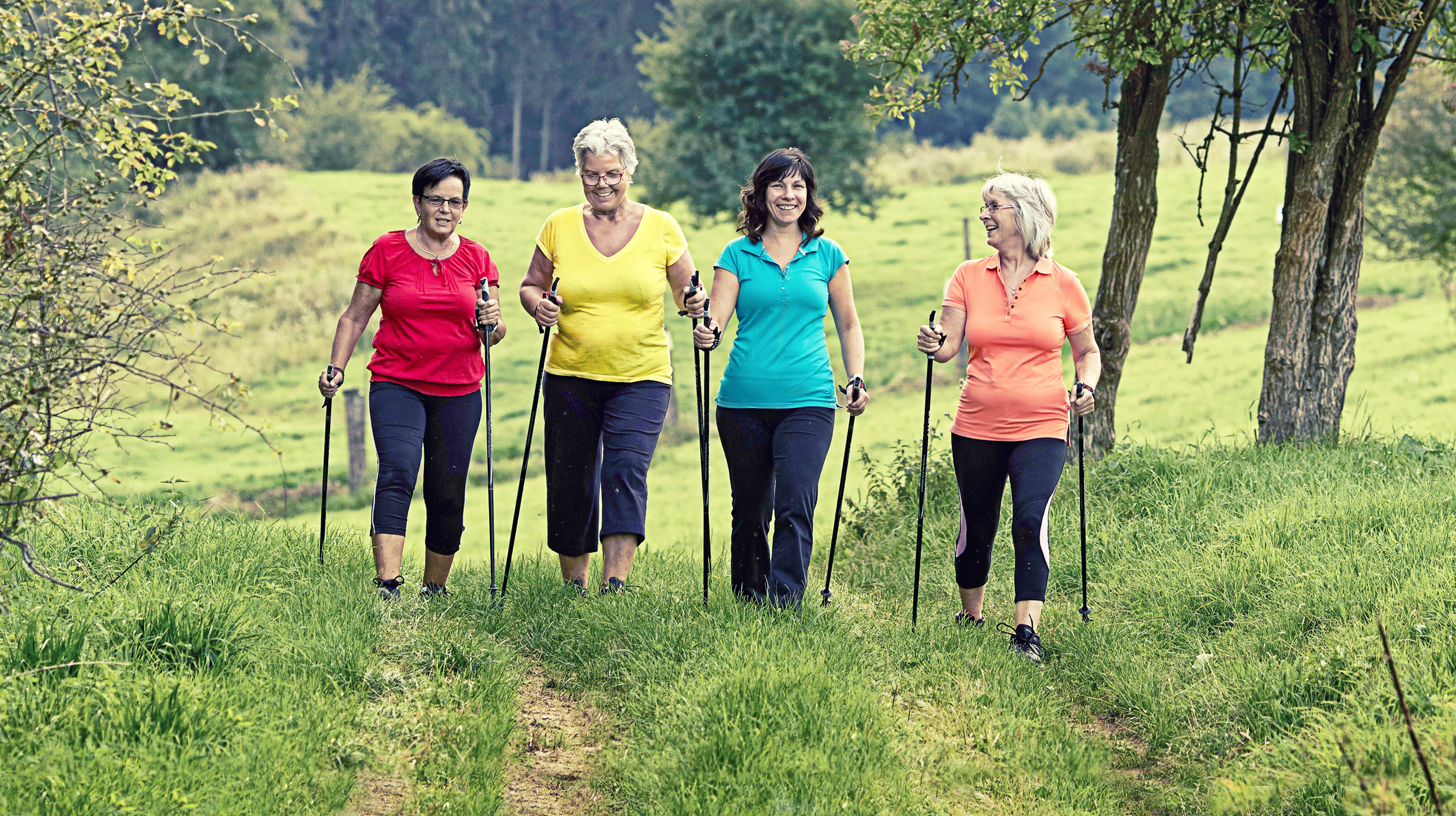
The fitness industry has long been focused on finding new ways to attract more people to undertake regular exercise. Yet despite new and exciting initiatives, classes and equipment, many operators struggle to retain their gym members.
New research presented in January 2018 at the British Psychological Society’s annual conference of the Division of Occupational Psychology in Stratford-upon-Avon now suggests that personality may play a big role in the way people like to exercise – indicating that this may be a reason why some people do not enjoy going to the gym, regardless of the kit or classes on offer.
In the study, 794 individuals completed an online survey designed to investigate the relationship between personality type, exercise frequency and choice of activity.
Personality was defined according to the Myers Briggs Type Indicator (MBTI), which covers four areas of personality: introversion versus extroversion; sensing versus intuition; thinking versus feeling; and judging versus perceiving.
The results showed that two aspects of personality – sensing versus intuition and thinking versus feeling – significantly influenced how frequently a person exercises. Specifically, intuitive personalities were more frequent exercisers than people with sensing personalities, and thinkers exercised more frequently than feelers.
Exercise preferences were also found to be in line with the expectations of the researchers, Richard Thompson and John Hackston. For example, the research showed that extroverts displayed a greater preference for exercising at the gym and with other people, whereas introverts had a greater preference for exercising at home when compared with extroverts.
Hackston said: "There can be pressure to follow the crowd to the gym or sign up to the latest exercise fad, but our research suggests it would be more effective to match their personality type to an exercise plan likely to last the test of time."
Thompson C and Hackston J. Personality, exercise, job satisfaction and turnover intention: Are they related. British Psychological Society (BPS), Jan 2018
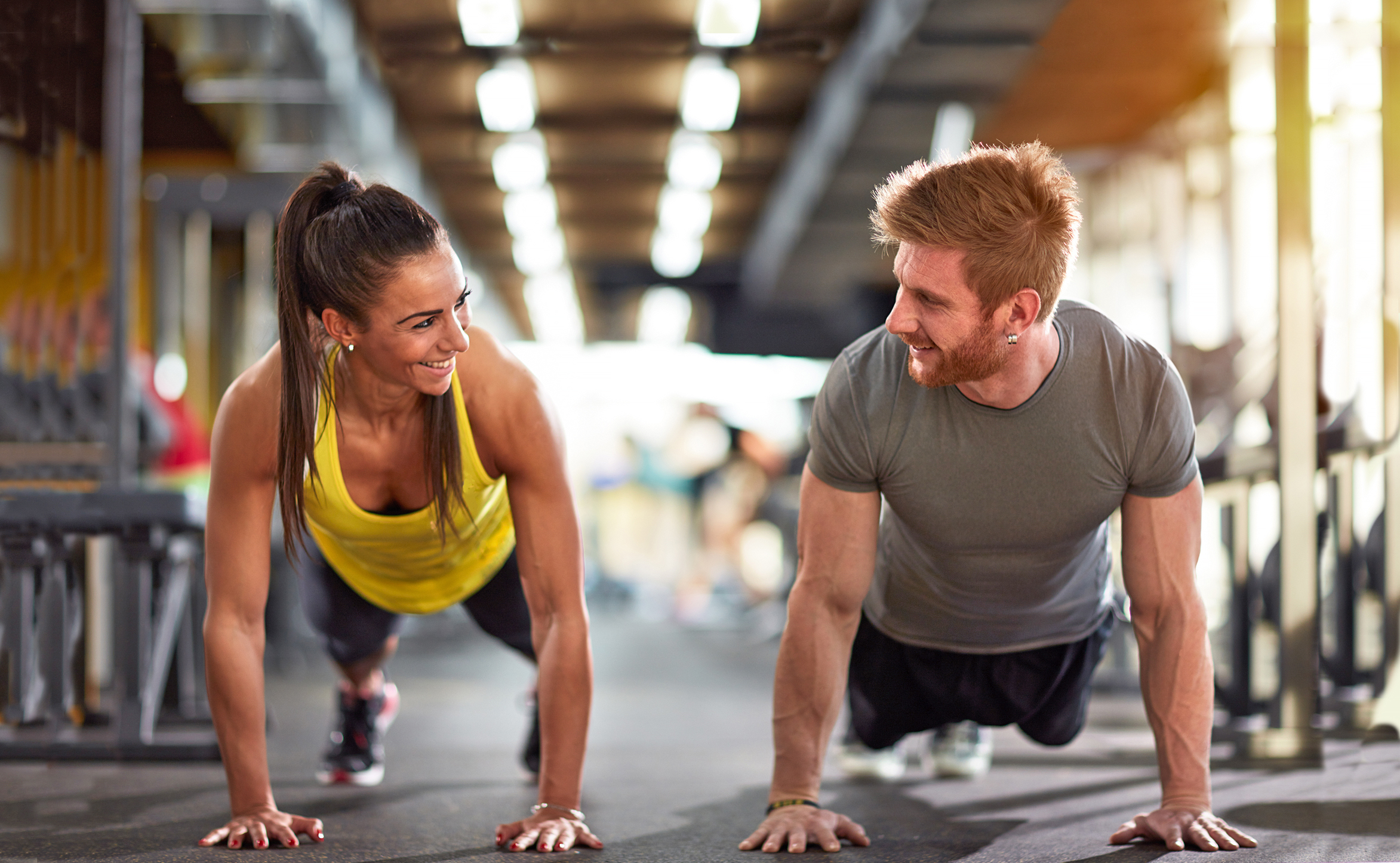
High-intensity indoor cycling classes carry a "significant risk of kidney damage" – especially for first-time participants – according to a recent report.
The study claims that indoor cycling classes, which simulate climbing hills, cycling on flat roads and include sprint cycles, may result in rhabdomyolysis. This is a condition where severe muscle trauma (due to a lack of oxygen) causes muscles to break down and release their contents into the bloodstream.
The syndrome, typically found in victims of a crush injury – such as a result of a car crash – can lead to serious complications, including kidney failure.
According to the report, "Risk factors for the development of rhabdomyolysis are related to the intensity of the exercise, the conditioning of the participant, hydration, and body temperature... Physiology studies have demonstrated that significant numbers of calories are burned, fluid losses are significant and body temperatures increase during indoor cycling classes".
The study presented details of three "unusual cases of exertional rhabdomyolysis", each occurring in a patient who had taken part in such a class.
In the first case, rhabdomyolysis developed following 15 minutes of a class. In the second case, it occurred in a young individual who exercises regularly. In the third case, the patient developed "biopsy-proved acute kidney injury" secondary to exertional rhabdomyolysis and consequently required haemodialysis.
As a result of the study, the authors – a team from the Westchester Medical Center in New York, US – recommended a set of guidelines for indoor cycling to be set up.
"The only way to prevent rhabdomyolysis from indoor cycling is to have safety guidelines set up," the authors advised.
"Beginners need to know how to gradually increase the time and cadence on the indoor cycle, the importance of staying hydrated and the need to avoid nonsteroidal anti-inflammatory drugs. They need to be informed of the risks."
Maureen Brogan et al. Freebie Rhabdomyolysis: A Public Health Concern. Spin Class-Induced Rhabdomyolysis. American Journal of Medicine. April 2017. Volume 130, Issue 4
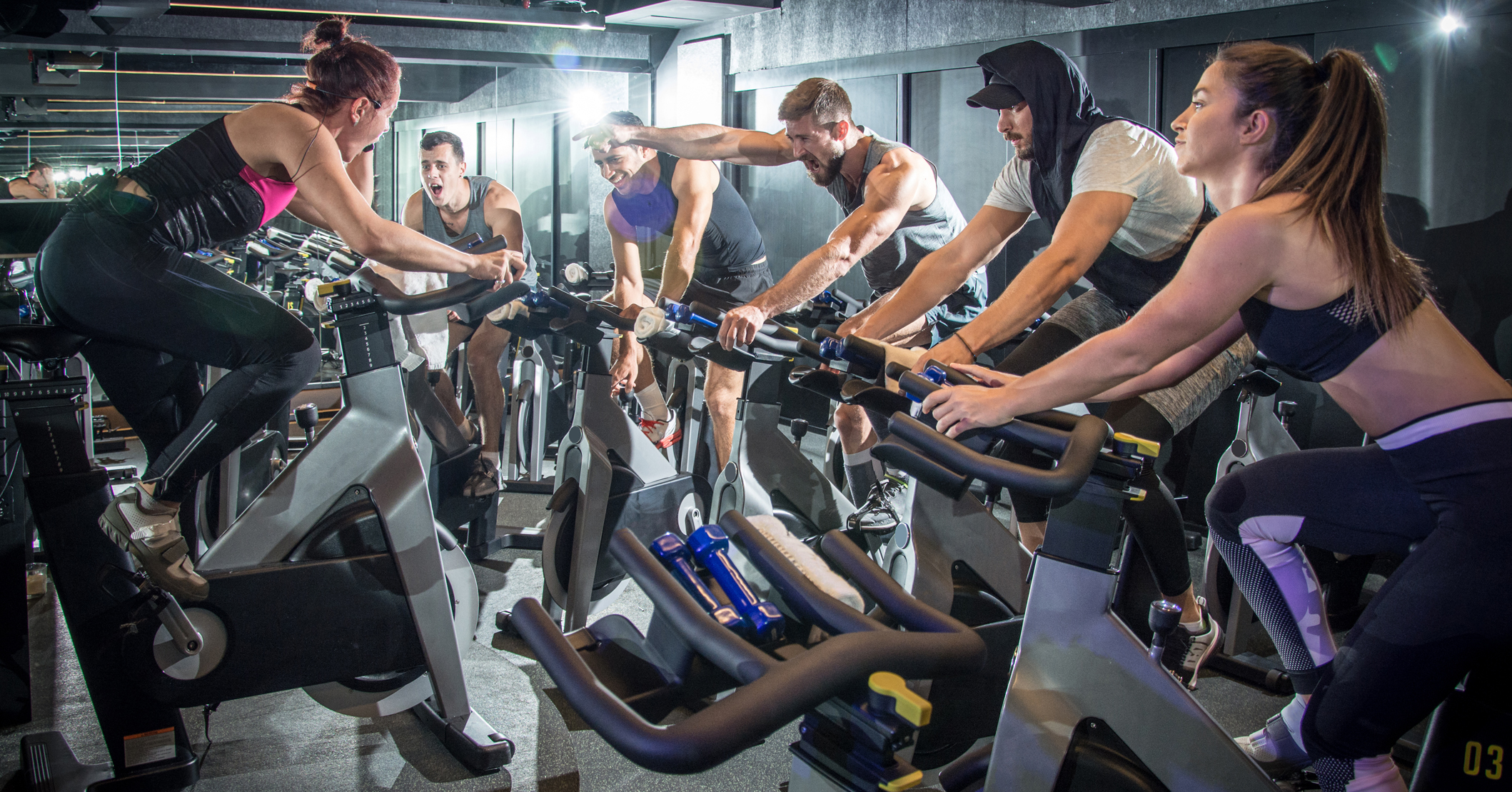
People who want to stop the main arteries to the heart from stiffening up need to exercise at least four to five times each week, according to a new report.
Researchers at the Institute for Exercise and Environmental Medicine (IEEM) in Texas, US examined the effect of different doses of lifelong exercise (those who had exercised regularly for more than 25 years) on arterial stiffening – a hallmark of vascular ageing in older adults.
The study – called The Effect of Lifelong Exercise Frequency on Arterial Stiffness – found that those who exercised four to five days a week had preserved "youthful vascular compliance", especially in the large, central arteries.
Two or three exercise sessions a week were also beneficial – but only kept some arteries healthy, the study of 100 people in their 60s found.
The researchers said any form of exercise reduced the risk of heart problems, but that the right amount of exercise at the right time in life could reverse ageing of the heart and blood vessels.
"Given the importance of vascular stiffening to health and clinical outcomes with human aging, it is important to develop strategies to forestall age-related CV diseases," said Dr Benjamin Levine, lead author from the IEEM.
"Exercise training is one approach. However, the minimal and/or optimal dose of exercise training to preserve or improve vascular structure and function with human aging has yet to be clearly established. The present findings constitute an important step in this process by demonstrating the minimal frequency of lifelong exercise required to preserve compliant central arteries in older age.
"Importantly, this minimum exercise frequency is consistent with and strengthens current recommendations for weekly physical activity – 150 minutes each week."
Shigeki Shibata et al. The effect of lifelong exercise frequency on arterial stiffness. Journal of Physiology. May 2018
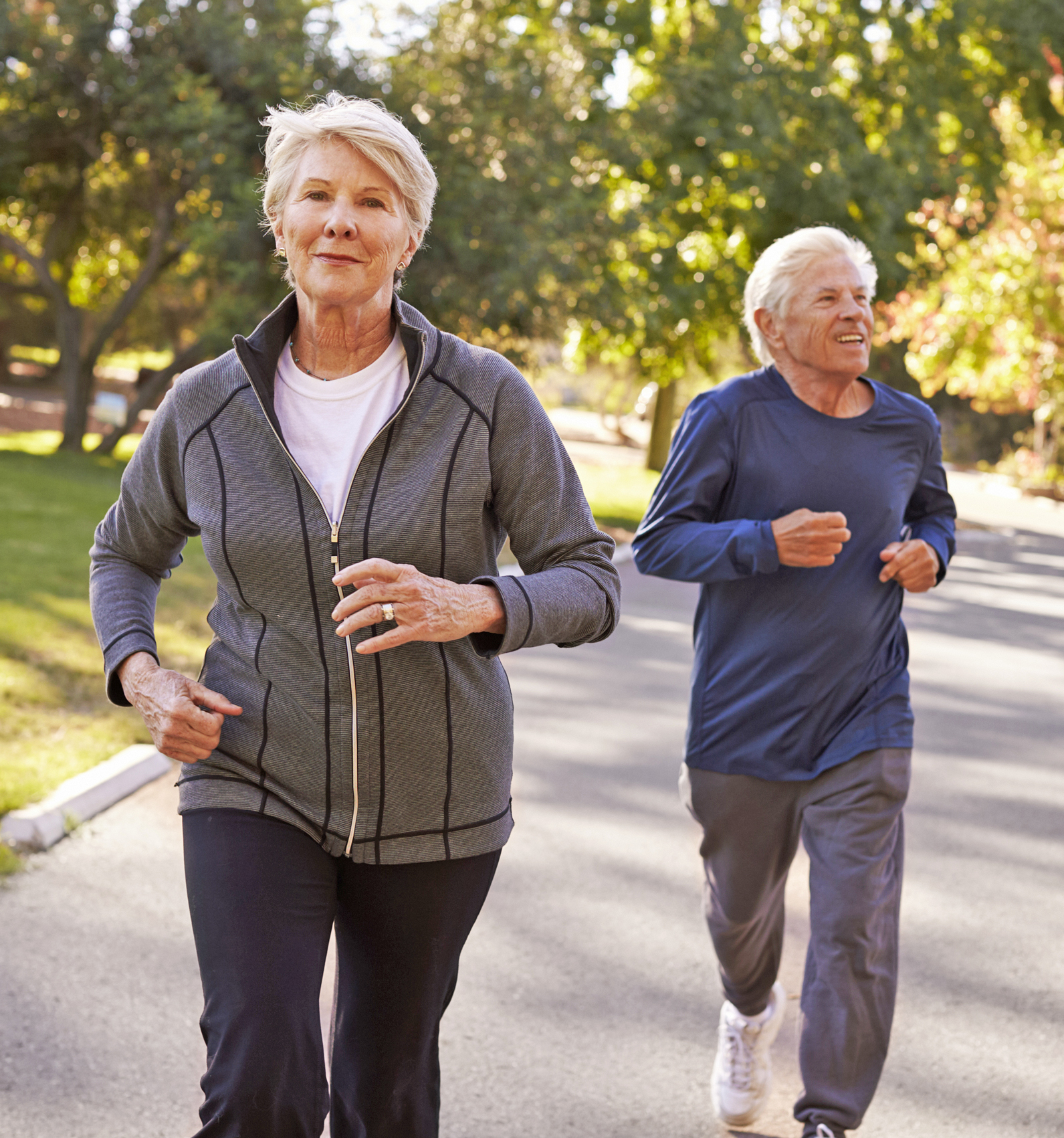
Taking part in light or moderate exercise has an immediate, positive effect on memory function.
In a study of 36 healthy young adults, University California Irvine researchers discovered that a single 10-minute period of mild exertion (such as yoga or walking) can yield considerable cognitive benefits.
Using high-resolution functional magnetic resonance imaging, the team examined subjects’ brains shortly after exercise sessions and saw better connectivity between the hippocampal dentate gyrus and cortical areas linked to detailed memory processing.
"The hippocampus is critical for the creation of new memories; it’s one of the first regions of the brain to deteriorate as we get older, and much more severely in Alzheimer’s disease. Improving the function of the hippocampus holds much promise for improving memory in everyday settings," said Professor Michael Yassa.
Previous research has centred on how exercise promotes the generation of new brain cells in memory regions, while this study demonstrates a more immediate impact: strengthened communication between memory-focused parts of the brain.
"What we observed is that these 10-minute periods of exercise showed results immediately afterwards," Yassa said.
He stressed that even a "little bit" of physical activity can go a long way.
Yassa and his team are now testing older adults who are at greater risk of age-related mental impairment and by conducting long-term interventions to see if regular, brief, light exercise done daily for several weeks or months can have a positive impact on the brain’s structure and function in these subjects.
Kazuya Suwabe et al. Rapid stimulation of human dentate gyrus function with acute mild exercise. PNAS. October 2018
